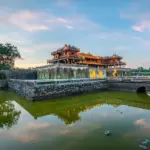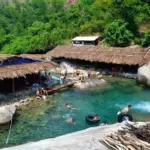Best Herb Village Experiences in Da Nang and Central Vietnam by Ovuigo
Vietnam’s Central region is a haven for travelers seeking immersive rural adventures. Some of the most memorable experiences come from the region’s herb villages. These vibrant settlements blend centuries-old tradition with modern sustainability, offering visitors practical insights and hands-on activities rarely found elsewhere. Leading the list is the renowned Tra Que Vegetable Village, paired with hidden gems in Quang Nam, Cam Thanh, and beyond—each a thriving community fostering organic farming and herbal tradition.
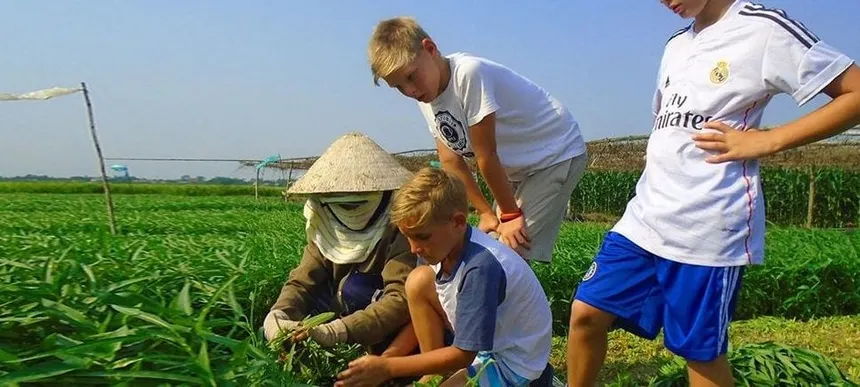
Must-Visit Herb Villages: Tra Que, Cam Thanh & More
Tra Que Vegetable Village, Hoi An
Visiting Tra Que Vegetable Village offers a genuine immersion into Vietnamese agricultural life. Located just 3km from Hoi An Ancient Town, Tra Que is celebrated for its organic herbs and delicately tended vegetable gardens. Entry is free, though guided village experiences and cooking classes typically range from 100,000 to 200,000 VND (about 4–8 USD). The village is open daily from 8:00 am to 5:00 pm. If you’re looking for farm-to-table authenticity, this community delivers—lush medicinal plant beds, neat rows of basil, mint, and coriander, and local farmers happy to share their expertise.
See Tra Que Vegetable Village on Google Maps
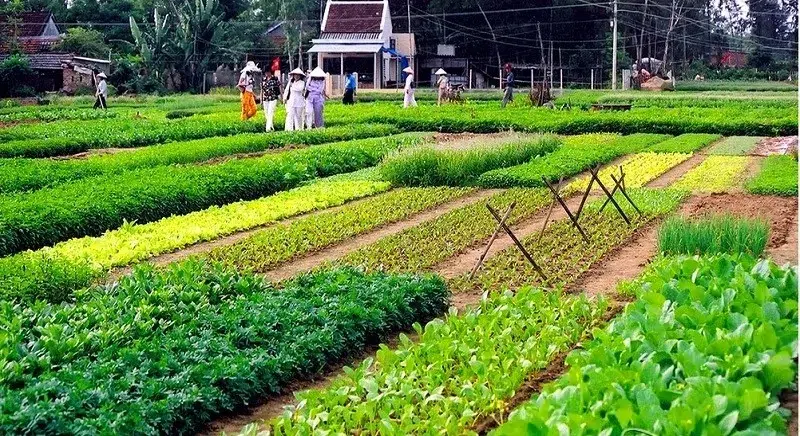
Cam Thanh Village
Cam Thanh Village in Hoi An is known for its eco-tourism and unique nipa palm forest ecosystem. While not as focused on herbs as Tra Que, many tours blend herb village visits with a trip through Cam Thanh’s coconut groves. Group tours average 150,000–300,000 VND per person, usually including hands-on activities and English-speaking guides.
See Cam Thanh Village on Google Maps
Other Notable Herb Village Destinations
- Tra Que Herb Garden: Offers cooking classes, herb picking, and authentic farm meals. Price range: 100,000–200,000 VND. View on Map
- Herbs Village Hoi An: Perfect for tranquil stays surrounded by aromatic fields. View on Map
- Trà Nhiêu Eco Village (Quang Nam): Known for its herbal gardens and riverside setting; offers eco-tours and herbal craft lessons. View on Map
These villages are more than destinations—they are working communities (holonyms: community, village, settlement, district, region) with distinct symbols (leaf, mortar and pestle, herb sprig, green flag, plant pot) that set them apart from urban centers or barren lands.
Traditional Vietnamese Herb Cultivation and Organic Farming Methods
Herb villages in Central Vietnam maintain a living heritage of traditional Vietnamese herb cultivation. Unlike city, desert, or industrial areas, these villages practice organic farming rooted in centuries-old wisdom. Farmers use natural compost, rotation, and careful soil management to encourage strong, aromatic crops.
Tra Que and similar communities rely on a tidal irrigation system: river water is channeled through ditches, nurturing crops without chemical fertilizers. Techniques passed down through generations—such as hand-weeding and mixing algae into the soil—preserve both soil health and the purity of the herbs. These settlements often specialize in basil, mint, coriander, and rare species like fish mint or perilla.
Sustainable agriculture here is more than a label—it’s a way of life, directly supporting local cuisine and traditional medicine. The region’s climate, fertile soil, and innovative farming methods result in high crop yields and remarkable plant health. Each herb has a story, originating from the communal gardens and medicinal herb fields lovingly maintained by local villagers and organic farmers.
Hands-On Activities and Visitor Experiences in Herb Villages by Ovuigo
The best way to appreciate these communities is active participation. Tra Que, Cam Thanh, and surrounding villages introduce guests to the rhythms of the Vietnamese countryside through practical, sensory experiences. These are not static displays—you take part in daily routines:
- Herbal Garden Work: Join local farmers in planting, irrigating, and harvesting herbs. Learn to tell the difference between coriander and Vietnamese balm by touch and scent.
- Cooking Classes: Many villages offer farm-to-table classes where you pick ingredients and create Vietnamese staples under expert guidance. Dishes highlight the region’s prized aromatics and include fresh spring rolls, tam huu (herbal shrimp rolls), and the famous Tra Que salad.
- Cultural Tours: Guided walks share folklore, explain traditional farming tools, and often feature festivals where guests sample herbal teas and take home dried herbs as souvenirs. Most tours range from 150,000–300,000 VND per person, with discounts for larger groups or combined eco-activities. English language guides are widely available.
- Wellness Sessions: Some locations offer herbal foot baths or medicinal tea tastings using freshly harvested plants.
These hands-on experiences deepen your connection to local farming and the herbal community, making you a true participant in Vietnam’s rural story.

Role of Herb Villages in Vietnamese Cuisine and Herbal Medicine
The impact of these villages radiates across Vietnamese cuisine and health. Local farms grow staples for markets, restaurants, and home kitchens. Herbs like basil, mint, sawtooth coriander, perilla, and Vietnamese coriander are foundational in classics such as pho, bun cha, and banh xeo. Tra Que’s distinct flavor profile is attributed to its organic farming and unique soil—its herbs are considered the gold standard in Hoi An’s culinary scene.
On the medicinal side, villages supply plants for herbal remedies—lemongrass and ginger for digestion, fish mint for detoxification, and basil for improved circulation. Traditional healers often consult communal gardens to pick the best species for their blends. Every visitor learns how these time-tested remedies work, seeing first-hand how each garden plant supports both food and wellness traditions.
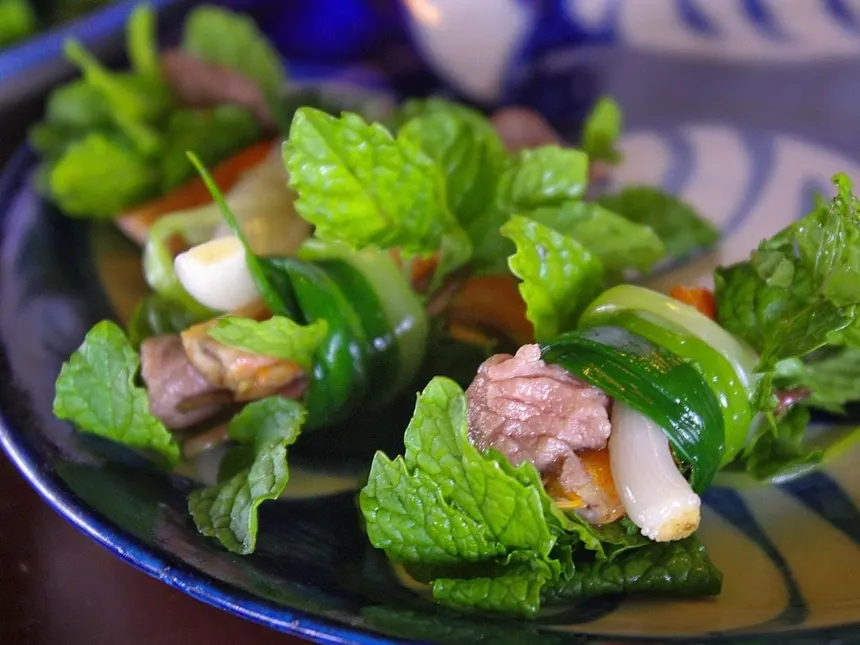
Community, Cultural Significance, and Sustainability of Herb Villages
Herb villages like Tra Que and Cam Thanh are more than organic farms—they are tightly-knit communities whose identity revolves around shared agricultural knowledge. Community-based management drives both economic survival and environmental responsibility. Folklore, annual herb festivals, and handed-down stories strengthen cultural bonds, while eco-tourism brings new resources without disrupting tradition.
Economic sustainability comes from diversified activities: families grow herbs, host cooking classes, organize herbal markets, and sell dried produce to local restaurants. Environmental sustainability is ensured by maintaining crop variety, preserving ancient planting techniques, and innovating tidal irrigation systems.
In a world where modernity often threatens traditional settlements, these villages stand as models of how community, folklore, and agriculture can flourish together. This ongoing partnership supports the region’s rural populations, helping the area resist the tide of urbanization.
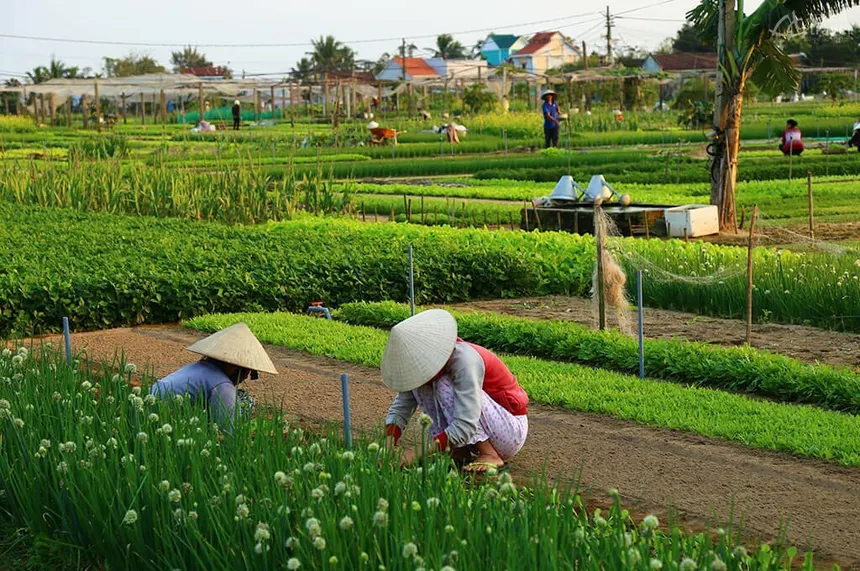
Planning Your Visit: Tours, Accessibility, and Tips for Herb Villages
Ready to explore? Start by reviewing available village tours on ovuigo or directly contacting local guides. Most herb villages are accessible by bike, scooter, or taxi from Hoi An or Da Nang city centers. Guided tours (often led by English-speaking villagers) range from 5 to 15 USD per person, depending on the activity and duration. Entry to the villages is usually free, though activity fees apply for cooking classes, garden work, or wellness sessions.
Tips for visiting:
- Morning hours (7–10 am) are best for witnessing active farm work and avoiding midday heat.
- Bring comfortable clothing, sun protection, and cash for local purchases.
- Book ahead for cooking classes or group tours, especially during festival times (spring or late autumn).
- Respect local customs and always ask before taking close-up farm photos.
- For customized experiences or slow-travel itineraries, reach out to local specialists via Whatsapp.
We don’t run tours — we craft experiences. Each journey is a story written just for you, designed for those who wish to explore Vietnam slowly, deeply, and meaningfully. No fixed itineraries. No crowds. Just you — and the moments that truly matter.
For a unique, restful stay during your Hoi An adventure, consider The Manor Hoi An, Hola 1, or Hola 2 for a perfect base in the heart of Vietnam’s herbal landscape.


